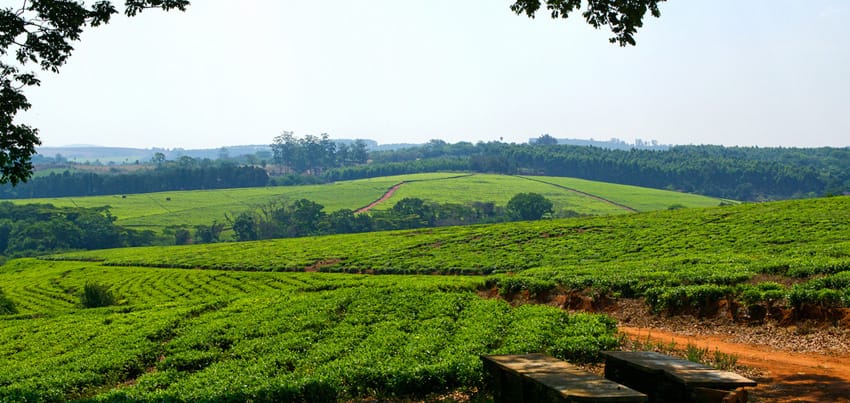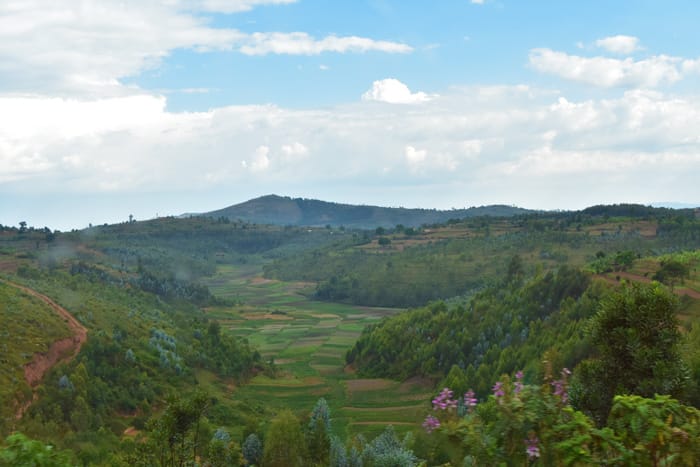A colleague from South Africa working in Malawi once exclaimed “Last weekend we saw a hyena in the middle of city centre. In the middle of the city! Gosh, it was a culture shock!” Welcome to Lilongwe, the city with a small clan of urban carnivores.
I have never seen a hyena in Lilongwe before but nearly run over one in a housing estate in Chiwembe, Blantyre three years ago. My first time to see a hyena in an urban setting however was in the mid 1980s when one found its way into our neighbourhood in Nyambadwe, Blantyre. It caused no small stir considering it appeared in broad daylight.
Recently I was made aware that there is actually a project in Lilongwe that tracks and monitors urban hyenas. Carnivore Research Malawi (CRM) Urban Hyaena Research Project assess the behavioural ecology of the urban spotted hyaena (Crocuta crocuta). Their research is aimed at informing human-wildlife conflict management, a problem that arises due to myths and predation of livestock among others.

I met Anasthasia (Ana), Tom and Madalitso recently on a chilly morning, World Wildlife Day to be exact, for a chat over coffee. Madalitso works on bat conservation while Ana and Tom work on carnivore research. Ana explained that the current population of hyena in Lilongwe city centre is about six but there are many more on the peripherals of the city. In the past, the project moved hyenas out of the city to Liwonde National Park to minimise human conflicts.
These urban carnivores mainly feed on feral dogs that roam the city streets although velvet monkeys, common duiker, mice and birds from the Lilongwe Nature Sanctuary also make up their diet. Tom noted that hyena droppings analysis have shown worrying signs of ingestion of plastics. This could be as a result of them either feeding on plastics at waste disposal sites or they are feeding on animals that have themselves ingested plastics (How we are killing Lake Malawi with plastics). Because of hyenas feeding habits, it is not uncommon to find rocks and other non-food items in their droppings.
Lilongwe hyenas roaming area extends from south of Lilongwe Nature Sanctuary all the way to north Kumbali behind Kamuzu Palace. Recent road and property developments in Areas 13, 16 and 32 in city centre have and will most likely continue to affect the roaming and hunting behaviour of these carnivores. Any land use change affects wildlife negatively and in cases increases human-wildlife conflicts. Tom explained that cameras setup in one of the areas currently under development showed evidence that there was a den and hyena activity. This den will most obviously be affected or destroyed.
Community Engagement
A common fear among Malawians about hyenas is one of rabies infection. Madalitso explained that cases of rabies infection by hyena is rare. One recent incident was in Ntcheu district, 2 hours away from Lilongwe, where suspected rabid hyena bit people. This was first incident in many years. See the Facebook post below.
CRM carries out a lot of community sensitisation, engaging both urban and rural communities on how to live alongside carnivores. They advise on how to build livestock kraals, waste disposal and what to do in an encounter with wildlife.
Urban carnivore smarter
Due to their environment, Tom said that the average urban carnivore is generally smarter than park carnivores. Surviving in an urban setting is fraught with a lot more dangers than in the wild. Humans and vehicles are some of the many dangers that need to be avoided on a constant basis.
When I asked if there are any leopards in the city, I was relieved to hear that there have not been any sightings yet. He didn’t rule out their presence as leopards are many nocturnal and very elusive. I have on occasion seen small, spotted animals dashing across the road at night but those could just be smaller members of the cat family. Tom confirmed though that there are jackals in Lilongwe.
Bat Conversation
Madalitso works with African Bat Conservation (ABC). Bat populations are shrinking worldwide and this is having an impact on other aspects of our ecology. They consume large amounts of insects, some estimates say one bat can each up to 500 insects a night. Their decrease has led to increased numbers of mosquitoes and other pests. Bats are also pollinators and their absence affects fruit seed dispersion.
ABC estimates that Malawi has about 64 species of bats. There are about 1,300 species worldwide. Bats are predated on by crows, owls, snakes and eagles. Like plastics found in hyena droppings, bats are similarly being poisoned by pesticides.
How you can help or be helped
If you need advice or help, you can contact Carnivore Research Malawi on their Wildlife Assistance Helpline 5152. You can also volunteer, make a donation, sponsor an event or organise a fundraiser by going to the Carnivore Research Malawi website.
And remember, a healthy population of carnivores is a sign of a healthy ecosystem!
To receive a monthly roundup of stories from the #LifeUnbound blog and other gems subscribe below.


